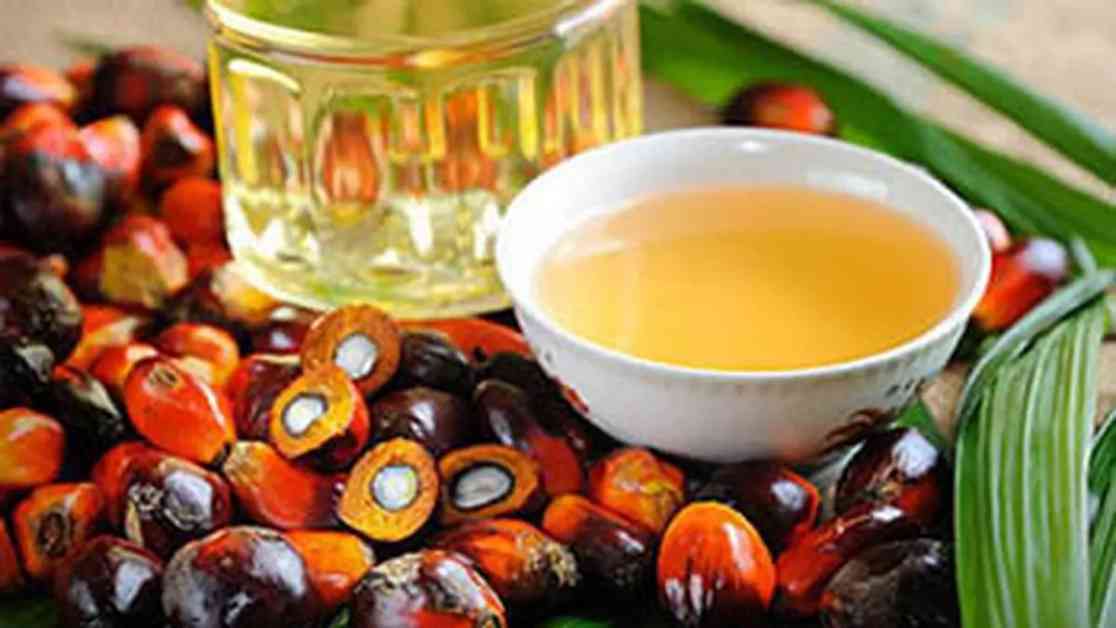The demand for sunflower and soyabean oils in the Indian market has been steadily rising, driven by a series of factors that have reshaped the edible oil landscape. The shift towards these alternative oils comes in response to the soaring prices of palm oil, a staple commodity whose imports have seen a significant decline in recent months.
The surge in demand for sunflower and soyabean oils can be attributed to a confluence of events, including a 22% increase in import duties imposed in September 2024, as well as supply concerns in key palm oil-producing countries like Indonesia and Malaysia. Additionally, the growing trend of converting vegetable oils into biodiesel to support farmers worldwide has further driven up palm oil prices, prompting consumers in India to explore other options.
P. Chandra Shekara Reddy, Senior Vice-President of Sales and Marketing at Gemini Edibles and Fats India Ltd (GEF), a prominent player in the edible oil industry, notes a notable shift in consumer behavior. Reddy highlights that domestic households, which traditionally accounted for 30-35% of palm oil consumption, are now increasingly turning to sunflower and soyabean oils due to the price disparity. This trend is reflected in the rising demand for sunflower oil, which has seen a 25% price increase over the past few months.
As Reddy observes, the price of palm oil for consumers has surged by 30%, prompting a gradual erosion in its household consumption. In contrast, sunflower oil has become a favored choice among consumers seeking a more affordable and accessible alternative. The changing dynamics of the edible oil market are further underscored by the decline in palm oil imports, which have plummeted by 24% in the first two months of the 2024-25 oil year compared to the previous year.
Shifting Market Dynamics
The evolving preferences of Indian consumers have reshaped the edible oil landscape, with palm oil losing ground to sunflower and soyabean oils. Atul Chaturvedi, Chairman of the Asian Palm Oil Alliance and Special Advisor to the Solvent Extractors Association of India (SEA), emphasizes the significance of this trend. According to Chaturvedi, the increasing popularity of soya and sunflower oils at the expense of palm oil could herald a game-changing shift in the market dynamics.
The data released by the Solvent Extractors Association of India (SEA) paints a clear picture of this transformation, with palm oil imports witnessing a sharp decline while soft oils imports have more than doubled. This trend underscores the growing consumer preference for alternatives to palm oil, signaling a broader shift in the Indian edible oil market. As prices of palm oil remain elevated compared to soya and sunflower oils, the trajectory of this market evolution is poised to continue in favor of the latter.
In conclusion, the rising demand for sunflower and soyabean oils in India reflects a broader trend in the edible oil industry, driven by shifting consumer preferences and market dynamics. As consumers seek more affordable and sustainable alternatives to palm oil, the landscape of the Indian market is undergoing a transformative shift. This trend not only highlights the adaptability of consumers but also underscores the resilience and innovation within the edible oil industry.























